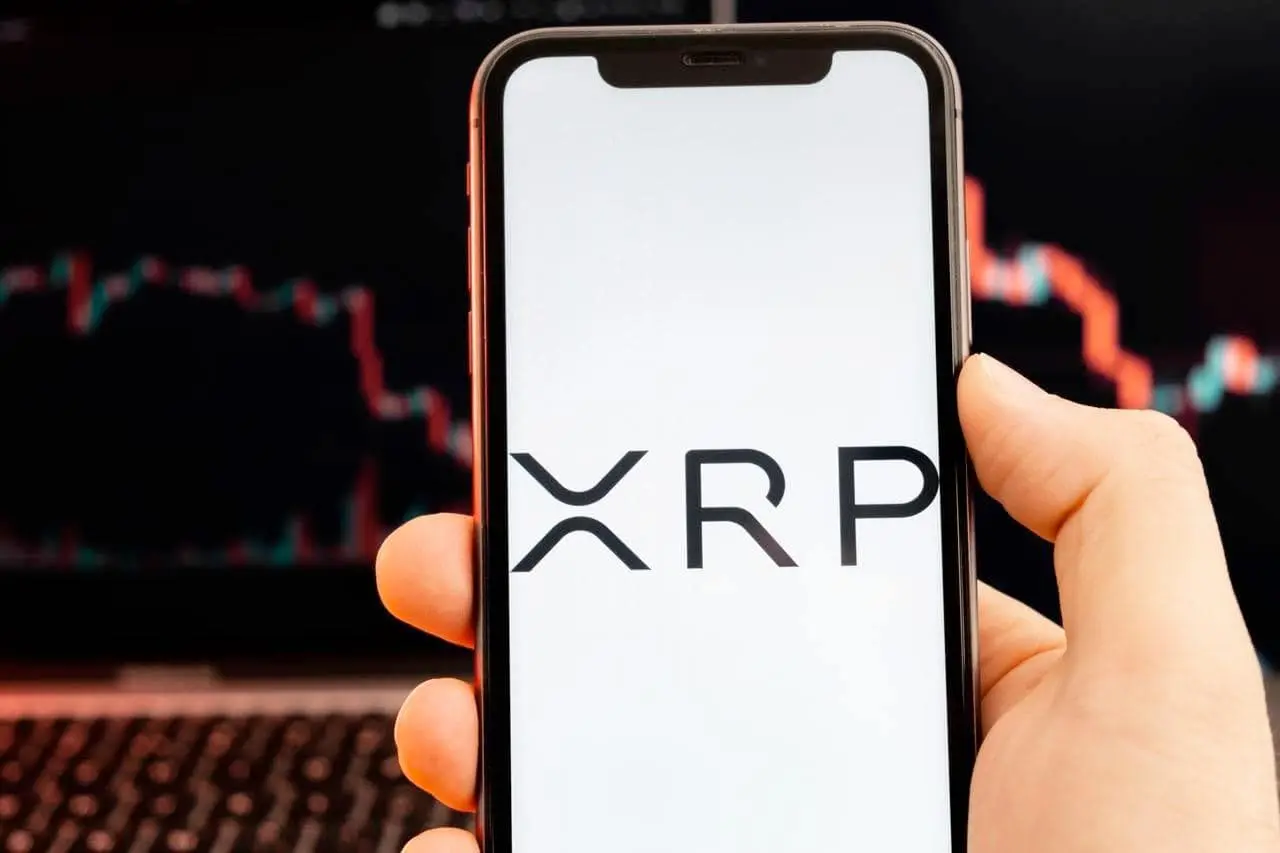XRP could soon enter a period of reduced price volatility as institutional adoption gains momentum. According to crypto researcher SMQKE, banks are positioning XRP as a bridge currency to facilitate cross-border payments.
SMQKE emphasized that the rising adoption of XRP in real-world financial activities will make its price more stable because it connects directly to transaction operations. Using XRP in transactions will enable banks to abandon high-cost nostro account requirements, which simplifies their access to financial liquidity.
XRP integration serves multiple benefits which includes the reduction both of transaction costs and settlement time while decreasing operational friction. Ripple’s network enables institutions to deploy XRP directly into their account balances as part of their financial holdings.
Also Read: Floki Inu Price Surges Over 2 Percent as Analysts Predict Major Breakout
Banks must manage liquidity both autonomously and via collaboration with third-party market makers to boost sustained market demand. The structured trading platform would operate to minimize speculative market movements while creating a more stable price system.
Documents referenced by SMQKE highlighted that Ripple’s system helps minimize foreign exchange spreads and liquidity constraints. Consequently, banks could achieve greater efficiency in managing cross-border transactions using XRP as the primary bridge asset.
Basel III Rules and XRP’s New Role in Liquidity Management
Further insights show that XRP could help banks address liquidity coverage challenges posed by Basel III regulations. Traditional banking models require large reserves of idle cash, often leading to inefficient capital management.
Financial institutions that integrate XRP into payment operations will transform excess capital from dormant substances into dynamic liquidity reservoirs. Ripple demonstrates through its materials how active XRP transactions convert the asset from a speculative resource into an active finance solution.
XRP’s continuous use in settlements provides banks with regulatory compliance and creates opportunities for new operational funding streams. XRP’s price stability in the financial market will gain support from this shift, which ensures continuous market demand.
Regulatory Changes and XRP’s Institutional Future
SMQKE also pointed to the impact of Paul Atkins’ appointment as the new Chair of the Securities and Exchange Commission. This leadership change is expected to bring clearer regulations around the classification and use of digital assets like XRP.
Improved regulatory structures would enable institutions to fully integrate XRP within their standard daily business procedures. Consequently, XRP will transition from its current price volatility to become established as an institutionally necessary payment solution.
If these conditions materialize, XRP could see one of the most significant transformations in the digital asset landscape and a more balanced price movement in the future.
Also Read: SHIB Marketing Lead Lucie Eyes Top 10 Spot as Shiba Inu Pushes to Overtake DOGE

